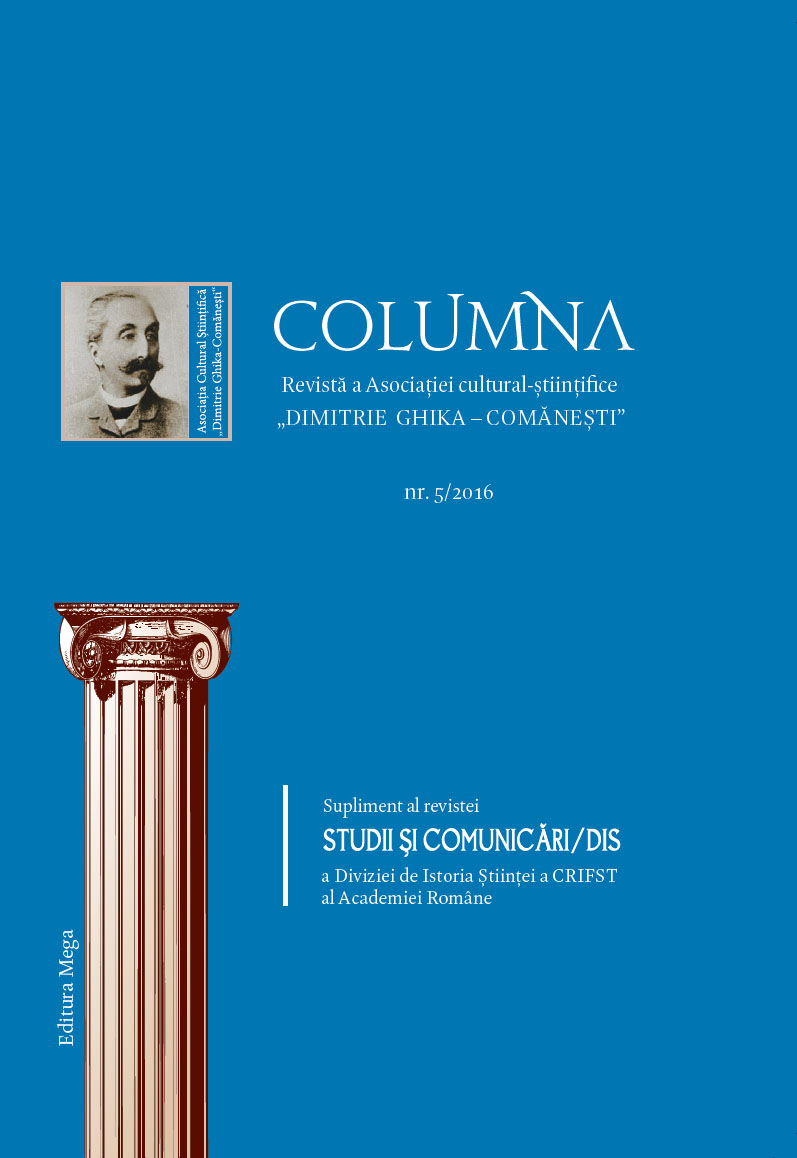Identificarea surselor naturale de infrasunete cu ajutorul retelei seismo-acustica de la Plostina
Identifying natural sources of infrasound using the seismo-acoustic network from Plostina
Author(s): Iulian StancuSubject(s): Regional Geography, Scientific Life
Published by: Asociația Cultural Științifică „Dimitrie Ghika-Comănești”
Keywords: infrasound; waves; signal; station; research;
Summary/Abstract: Natural sources of infrasound identification using network seismo-acoustic Plostina. Infrasound monitoring has been selected as a standard technology for detecting possible nuclear explosions in accordance with the International Monitoring System of the Comprehensive Nuclear‑Test‑Ban Treaty. Recently, infrasound observation has also been applied in scientific research for monitoring volcanic activities and accidental chemical explosion (Bedard and Georges, 2000) Infrasonic waves are generated by a large variety of natural and man‑made sources (Campus 2004). Natural sources include meteors, auroras, convective storms and lightning, tornadoes, interacting large amplitude ocean waves, earthquakes, icequakes, landslides, avalanches, the calving of icebergs and glaciers, continuously erupting and explosive volcanoes, tsunamis, waterfalls and coastal surf. Man‑made sources of infrasound include nuclear explosions, mining and other chemical explosions, the launch and re‑entry of satellites, spacecraft and rockets, aircraft, industrial sources such as exhaust fumes from industrial plants, oil and gas refinery flares, hydroelectric dams, wind generators and other cultural sources. The Infrasound Ploştina Array (IPLOR) is an acoustic array of 2.5 km aperture designed and installed in 2009 in the epicentral Vrancea seismogenic area, at the Carpathian Arc bend in Romania. The Network belongs to the National Institute for Earth Physics (NIEP) and includes 4 infrasound stations and 7 seismic stations. The purpose of this study is to analyze the ability of Ploştina infrasound array (Romania) to detect and discriminate local earthquakes accidental chemical explosion. Ploştina description of the network and signal processing procedures are dis‑ cussed in Section 2, data and methods. The results of this study are presented in Section 3 and the discussion eventually final conclusions.
Journal: COLUMNA
- Issue Year: 2016
- Issue No: 5
- Page Range: 337-361
- Page Count: 25
- Language: Romanian

